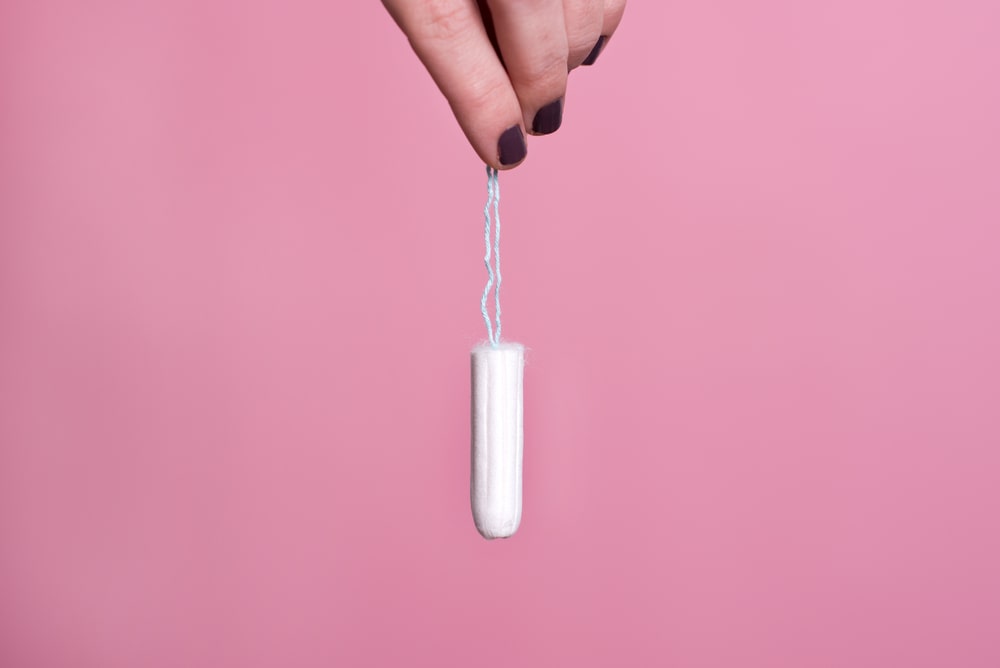What are tampons—and how are they used?
Tampons are one way to absorb menstrual flow when you’re on your period. Tampons can be used with or without an applicator to enter into the vaginal canal.
Tampons are regulated as medical devices by the FDA, which may surprise you. Tampons approved by the FDA are intended to be used once and then discarded. It is not recommended to use a tampon more than once.
Tampons that have received FDA approval are made of cotton, rayon, or a combination of the two. The absorbent fibers used in today’s FDA-approved tampons are bleached without the use of elemental chlorine, ensuring that products do not contain hazardous amounts of dioxin (a type of pollutant found in the environment).

Toxic shock syndrome and tampon use
In the literature, there is a link between superabsorbent tampons and toxic shock syndrome. A tampon producer switched from a cotton matrix to a more absorbent polyacrylate matrix in 1979. Water, magnesium, iron, and oxygen were concentrated in the new matrix, which aided the growth of Staphylococcus or Streptococcus, which are naturally found in the vaginal flora. The synthesis of TSST-1 or SPE-A was induced by increased magnesium concentrations. Two methods allow the poison to enter the bloodstream. (1) Toxin is translocated through the vaginal wall and into the circulation by TSST-1 receptors on vaginal epithelial cells.
(2) Second, tampons with a high absorbency reduce moisture in the vaginal walls. The vaginal wall is frequently damaged after tampon removal, enabling TSST-1 and SP-A direct access to the circulation. There were 1200 incidences of toxic shock syndrome and substantial mortality in the first year after the product was released to the market. Following the removal of the polyacrylate tampon from the market in 1983, the incidence of toxic shock syndrome has dropped significantly.